Description
Description
Knowledge Graphs are designed to be easily consumed by machines, but they are not easily accessible by end-users. Question Answering (QA) over Knowledge Graphs (KGs) is seen as a technology able to bridge the gap between end-users and Knowledge Graphs. In the last years a lot of research was carried out to solve the problem of QA over KGs, but constructing a QA system over a new KG for non-expert users is still not easy.
The aim of this tutorial is to address this issue. We will show how recently developed technologies, like QAnswer and the Qanary framework, allow constructing, customizing, evaluating, and optimizing QA systems on RDF datasets using a lightweight approach.
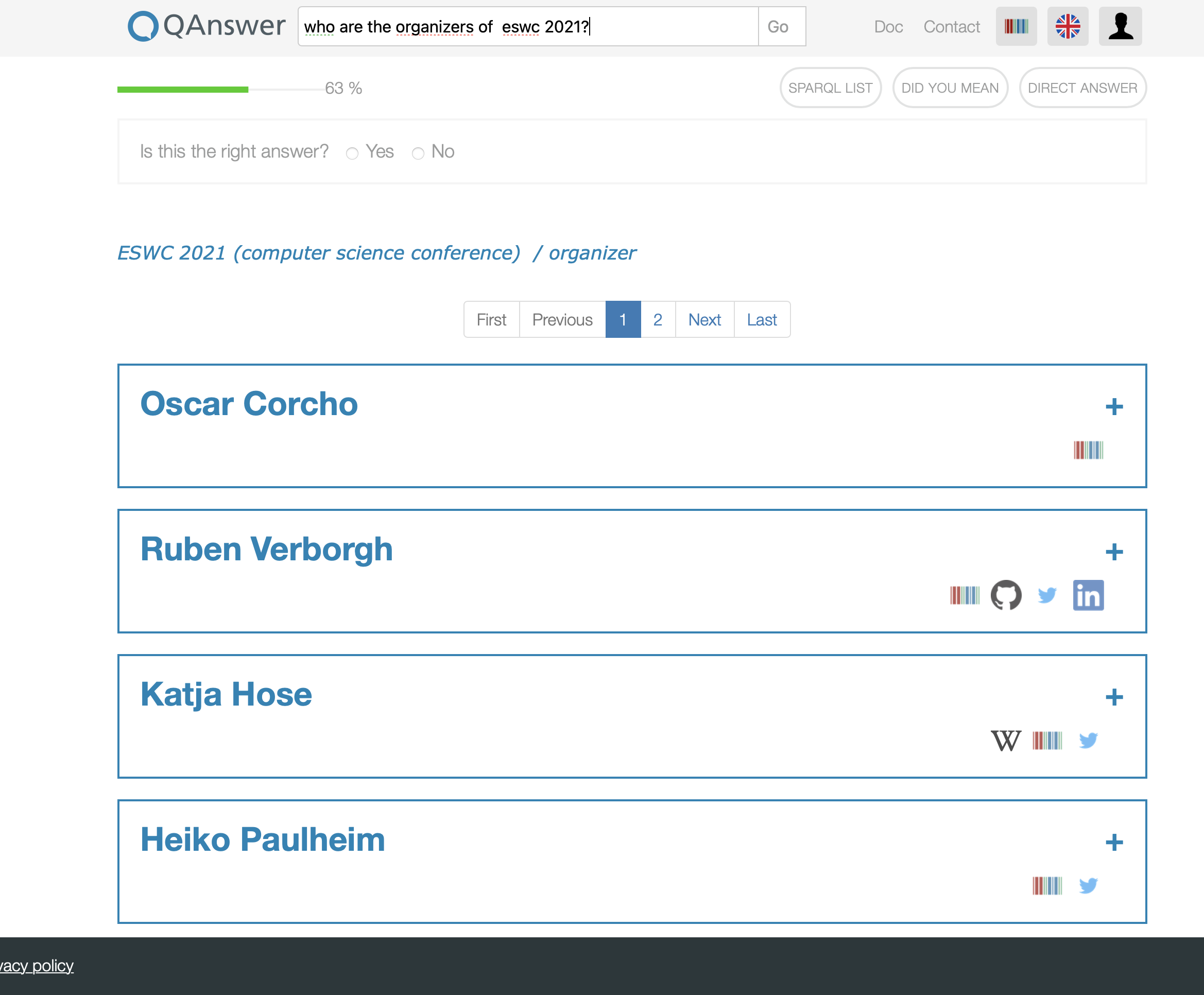
First draft of a schedule for the tutorial on 2021-06-07 (Monday).
First draft of a schedule for the tutorial on 2021-06-07 (Monday).
10:00h: Starting
- 10 min: Introduction and people gathering
- 25 min: Keynote and introduction into the field of Question Answering (general principles and variations)
- 25 min: Understanding the tasks of QA over KGs
11:00-11:15h: Coffee break
- 60 min: Build a Question Answering system using QAnswer and the Qanary framework (overview by using an example)
12:15-13:15h: Lunch break
- 30 min: QAnswer: How it works?
- 60 min: Hands-on session: Create your own Digital Twin using QAnswer-based query engine!
14:45-15:00h: Coffee break
- 30 min: Qanary: How it works?
- 60 min: Hands-on session: Establish, extend, measure, and improve a Question Answering system using the Qanary framework!
16:30-16:45h: Coffee break
- 15 min: Presentation of final results (i.e., examples of the QA systems that we created in our tutorial)
- 15 min: Outlook on research questions in the field of Question Answering
- 15 min: Closing, followed by open space discussion
17:30h / Open End
Thank you all for your participation! All slides are available here
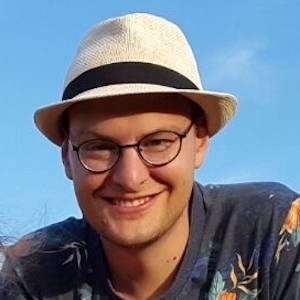
Dennis Diefenbach
Dennis Diefenbach
Dennis Diefenbach is a Ph.D. in the area of QA over Knowledge Graphs. Dennis Diefenbach published over 20 publications in this area in renown Conferences and Journals like the International Semantic Web Conference and the Semantic Web Journal. He is the main contributor of QAnswer, an AI driven platform to query Knowledge Graphs in natural language. An online service querying large amounts of open data can be found under http://qanswer.eu/qa.
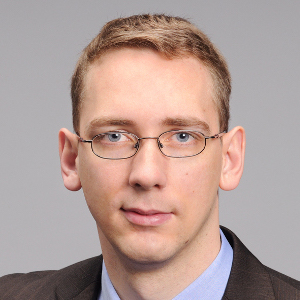
Andreas Both
Andreas Both
Andreas Both is a professor in Computer Science at the Anhalt University of Applied Science (Germany) and the Head of Research at DATEV a large business software company located in Germany. At Web-driven companies he has worked for many years in leading research and development positions on different aspects of modern Web technologies. In particular, data-driven processes, data integration, information retrieval applications, and web engineering topics are his fields of research. He commits himself to advance in using the World Wide Web as a knowledge base and developing the next generation of Web applications to open the capabilities of the Web for both industry and users. He is one of the main contributors to the Qanary framework and the Qanary component ecosystem.
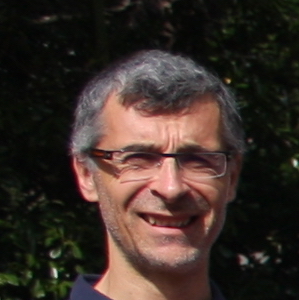
Pierre Maret
Pierre Maret
Pierre Maret is a professor in Computer Science at the University of Lyon-Saint Etienne (France), Laboratory Hubert Curien, where he is lead- ing the team Knowledge Representation and Reasoning. His background is on Knowledge Management, Data Modeling and Artificial Intelligence. He has been leading the French side of the WDAqua ITN (a Marie Skłodowska-Curie Innovative Training Network). He is also involved into scientific collaborations with industrial partners.
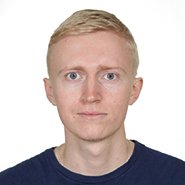
Aleksandr Perevalov
Aleksandr Perevalov
Aleksandr Perevalov is a Ph.D. student in Computer Science at the Anhalt University of Applied Science (Germany). His research activities are dedicated to Question Answering and Data Science.

Paul Heinze
Paul Heinze
Paul Heinze is a Computer Science student at the Anhalt University of Applied Science (Germany). He is a regular contributor to the Qanary framework and the Qanary component ecosystem.